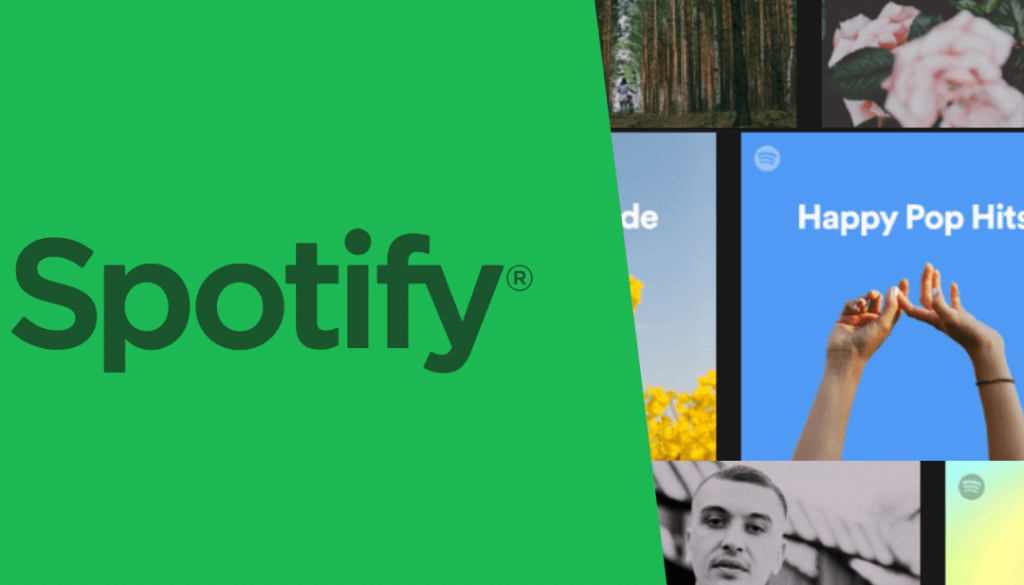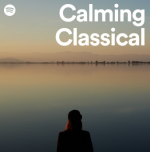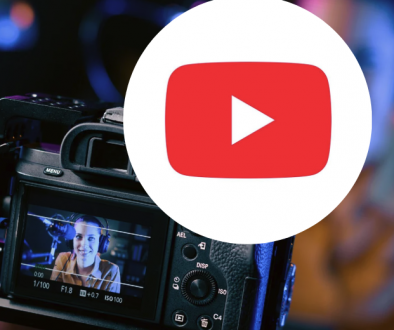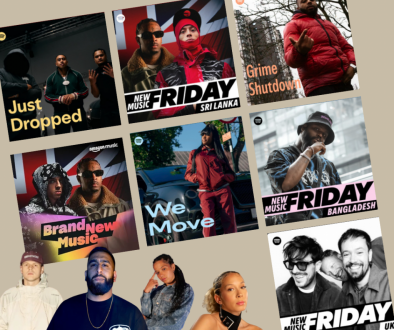Understanding Spotify’s Playlists
Editorial playlists are curated by Spotify’s in-house editorial team, consisting of music experts and tastemakers.
These playlists serve as a powerful platform for artists to gain visibility and recognition. Being featured on an editorial playlist can expose an artist’s music to a vast and diverse audience, helping them reach new listeners and potentially go viral. The endorsement from Spotify’s editorial team adds credibility and can lead to increased streaming numbers and fanbase growth. These can also be split into a few different types of playlists and this can it can be important to include this into your promotional campaigns.
Personalised playlists are algorithmically generated based on a user’s listening history, preferences, and behaviours. Examples include Discover Weekly, which introduces new music, and Release Radar, which features the latest releases from followed artists.
The purpose of personalised playlists is to deepen the connection between artists and their existing fanbase. By leveraging machine learning algorithms, Spotify tailors these playlists to individual users, offering a unique and enjoyable listening experience.
For artists, being included in such playlists can enhance fan engagement, as their music is presented to users who are likely to appreciate similar styles and genres.
User-curated playlists/third-party playlists are created by Spotify users themselves, ranging from collaborative playlists to those curated by artists or fans.
These playlists foster community engagement and allow for collaborative projects. Artists can encourage fans to contribute to playlists or curate their own, creating a sense of involvement and shared musical experiences.
Additionally, artists may create playlists to showcase their influences, favourite tracks, or thematic collections, providing fans with a more personal connection to the artist’s musical taste and inspiration.











